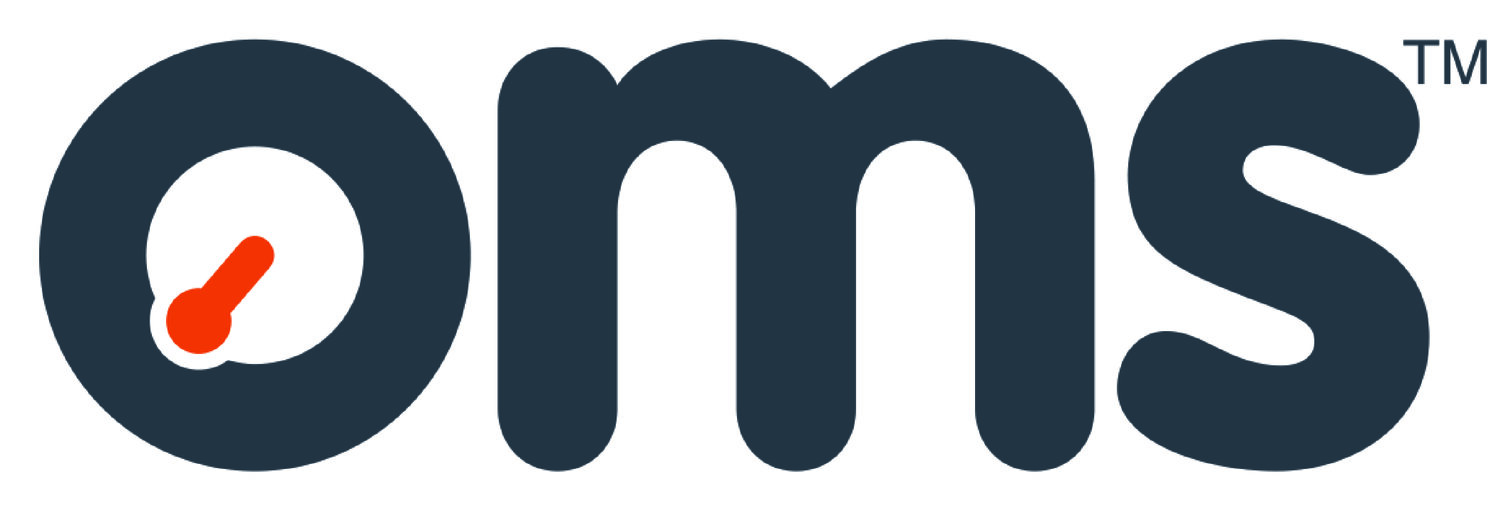Analysis: Pipeline Solutions
Key details
AUT Calibration Block Selection
Counterbore Analysis
Grouping
Pipeline tracking
Golden pipe selection
Full pipeline architecture
When all of the pipe have been measured or in some cases a subset, the resulting data can be analysed in order to provide a variety of useful information. The basics are the statistics for each pipe end, the maximum and minimum diameter and the average. The next level is to compute the range of the statistics for all of the pipe e.g. which pipe is the roundest or least round, which is the biggest or smallest, for instance. Following this the analysis gets deeper and simulations can be performed of fitting the pipes together for welding. From this information it is possible to predict very accurately what will happen at that point under various scenarios. Typically a random selection and random rotation of the pipes will be computed first as a base case and then varying levels of intervention will be analysed. Typically examples will be to rotate one of the pipe with respect to the other, to avoid bad pipes coming together by rejecting a pipe from time to time, and going the furthest extreme of creating a unique string of pipes with the very best fit up between the entire population of pipe. Other analysis can compute how much material to counterbore from the pipe while meeting a wall thickness criteria or the selection of an appropriate calibration block size for the weld inspection using AUT.

